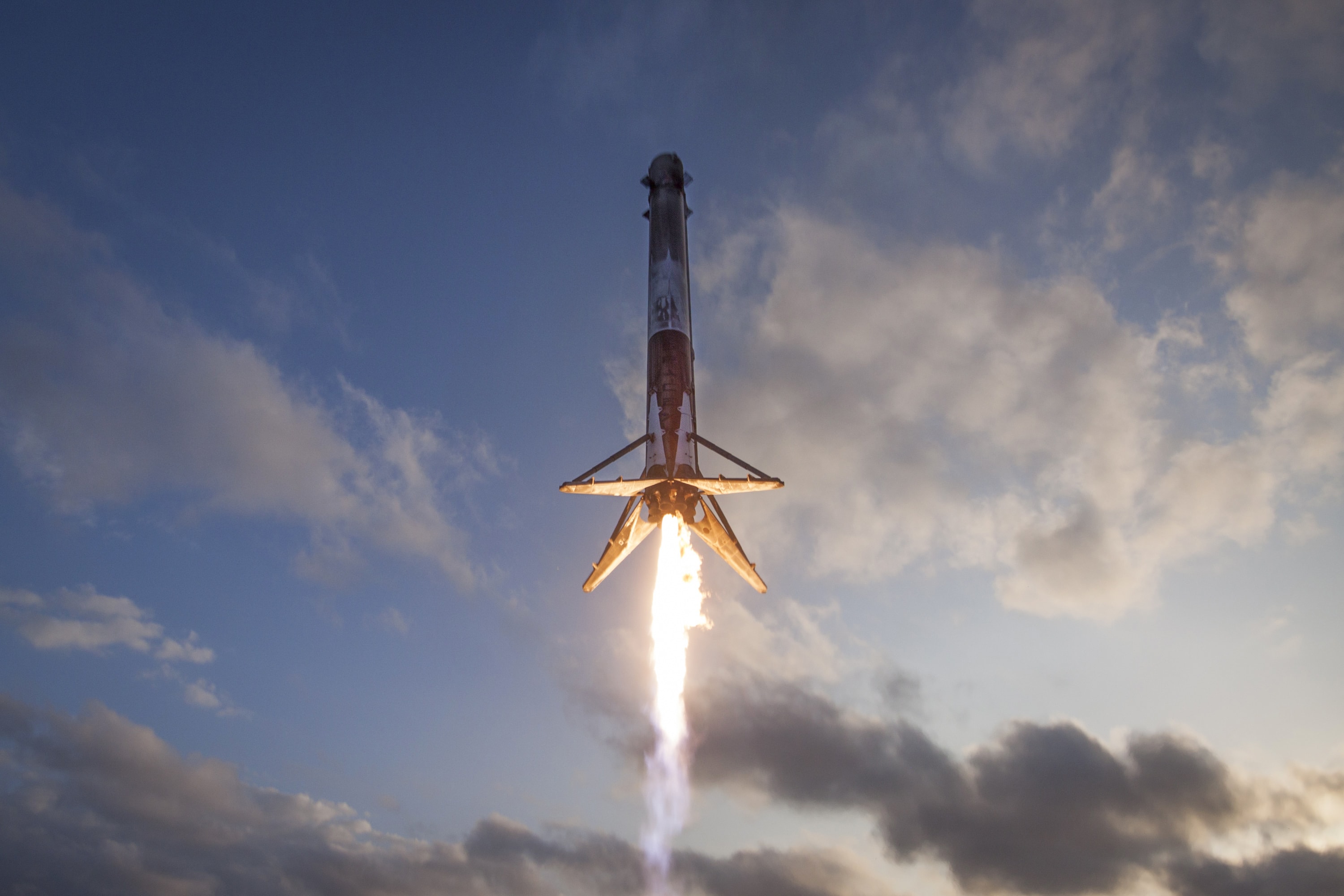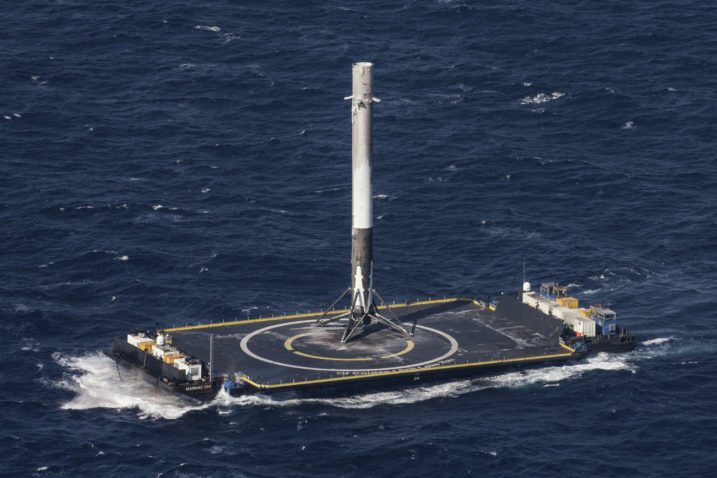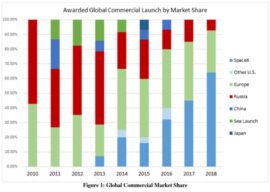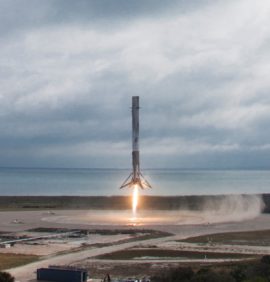SES will launch its SES-11 satellite aboard a previously recovered Falcon 9 first stage, according to new information provided to Spaceflight Now.
The company, Luxembourg-based telecommunications provider, made history earlier this year by enabling the first commercial reuse of an orbital-class rocket with the launch of its SES-10 satellite. Weighing in at just under 5,300kg, SES-10 marked the heaviest geostationary launch SpaceX has yet to conduct while still recovering the first stage. SES-11 will be approximately 100kg heavier at launch, and will make for a thorough test of Falcon 9’s recovery limits if SpaceX chooses to attempt it.
While not guaranteed, it is expected that SES-11 will launch aboard the same first stage that lifted CRS-10 into orbit earlier this year. Launching Dragons to low Earth orbit (LEO) makes for a considerably cooler and less damaging recovery for Falcon 9 first stages, likely leading to an easier refurbishment process. SES-10 utilized the same first stage that launched SpaceX’s CRS-8 mission.
Barely 16 months ago, CRS-8’s recovery marked the first ever sea-based recovery of a Falcon 9. Since that major accomplishment, SpaceX has recovered seven stages aboard their fleet of drone ships, landed four stages at their Florida-based landing pad, and successfully conducted the first two commercial reuses of recovered first stages. SES-11, currently scheduled for no earlier than September 27th, would mark the company’s third successful reuse. SES continues to demonstrate growing trust in SpaceX’s cutting-edge approach to shrinking launch costs, as the reused launch of SES-11 would mean that the telecom company has chosen to launch twice in a row on recovered Falcon 9s.
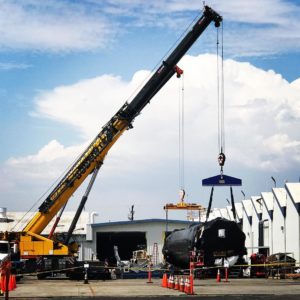
A first stage was captured near Hawthorne, CA, courtesy of an Instagram user. (Instagram /u/pooyagoudarzi)
After the successful launch of SES-10 in March of this year, SES was not yet willing to commit to a specific launch, although the company did state that they would be open to using reused stages again in the future. Three months later, SpaceX launched BulgariaSat-1, once again demonstrating successful reuse. It is clearer than ever that SpaceX’s relentless dedication to iterative technological improvement is making waves in both the company’s customer base and the launch industry worldwide. As SpaceX further lowers the cost of booster refurbishment, this disruption will only continue to grow.
Meanwhile, over on the West Coast, there are unconfirmed reports that the first stage that launched the Iridium-2 mission in late June – core 1036 – has recently arrive at SpaceX’s Hawthorne facilities to be refurbished for reuse at some later date. A photo was taken a handful of days ago and comments suggest that it is indeed 1036. Shotwell’s recent interview on The Space Show indicated 6 potential reuses in 2017, including the first launch of Falcon Heavy. FH, SES-10, BulgariaSat-1, and SES-11 account for 5 of those 6 reuses, making it likely that 1036 is aiming for another flight before the end of the year.
Source: Spaceflight Now

